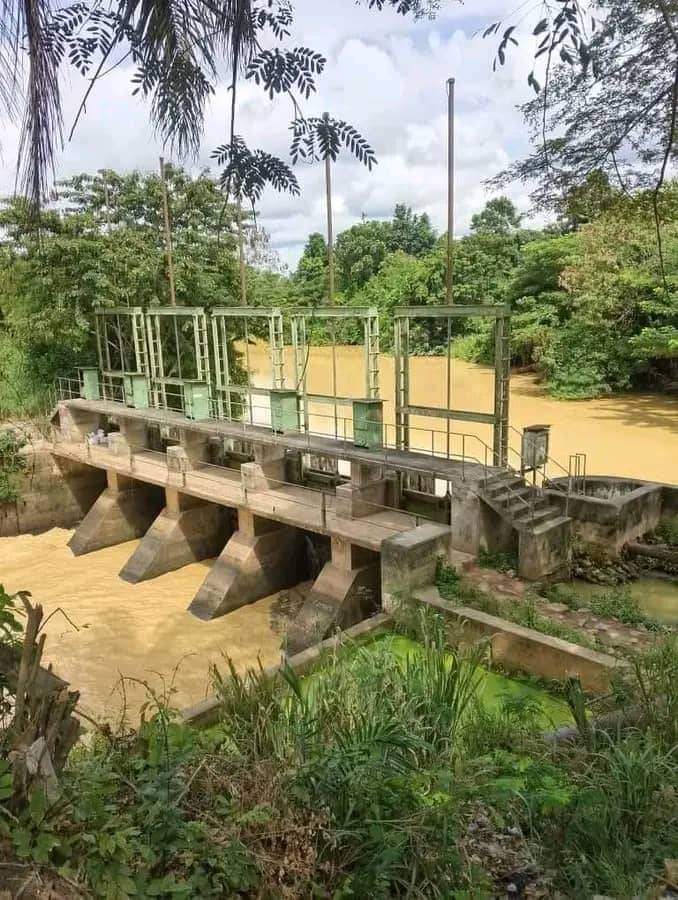US-based Licensed Professional Engineer, Dr Juliet Ohemeng-Ntiamoah, has clarified that the process of treating polluted water from contaminated water sources does not include the removal of heavy metals.
According to her, the standard water treatment process addresses turbidity but fails to eliminate harmful metals.
Speaking on Newsfile on Saturday, October 5 on the sideline of the effect of illegal mining which has caused pollution of water bodies, Dr Ohemeng-Ntiamoah outlined the steps involved in water treatment, starting with coagulation, where a chemical such as alum is added to cause small particles that create turbidity to clump together.
She mentioned flocculation as the next step, during which these particles combine to form larger clumps, or “floc,” that settle at the bottom, leaving clearer water at the top.
Following this, she mentioned the disinfection process, where chlorine or other chemicals are used to kill pathogens such as bacteria and viruses.
The final step involves filtration to remove any remaining particles, ensuring the water is clear and safe to use.
In light of this, Dr Ohemeng-Ntiamoah stressed, “All these processes that I have described, none of them remove heavy metal. The typical water treatment process does not include the removal of heavy metals.”
She further explained that water sources contaminated with heavy metals should ideally not be used as drinking water.
According to her, the issue is far more serious than just the muddiness seen in polluted rivers across the country.
“With the treatment process of muddy waters, we remove the muddy side or the turbidity but then there is still residual heavy metals concentration that is not removed by the water treatment process and to be able to remove that, we need to add an additional process unit,” Dr Ohemeng-Ntiamoah added.








